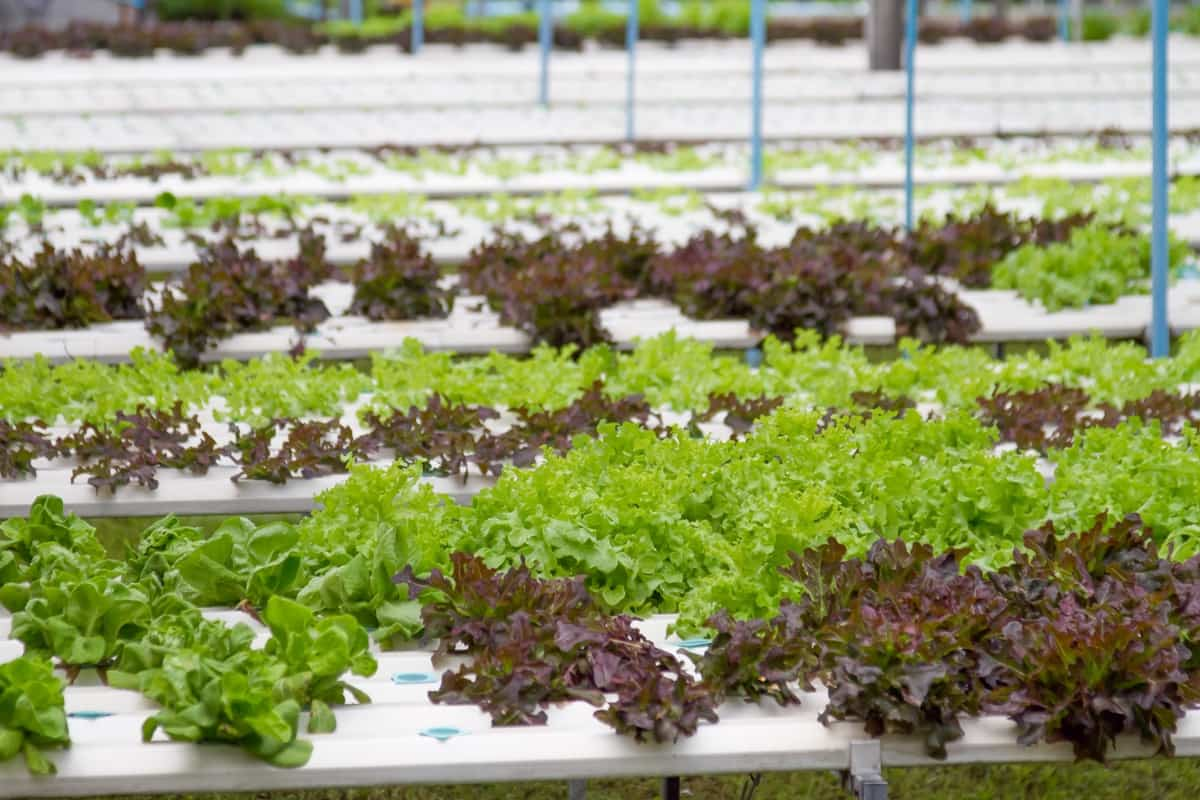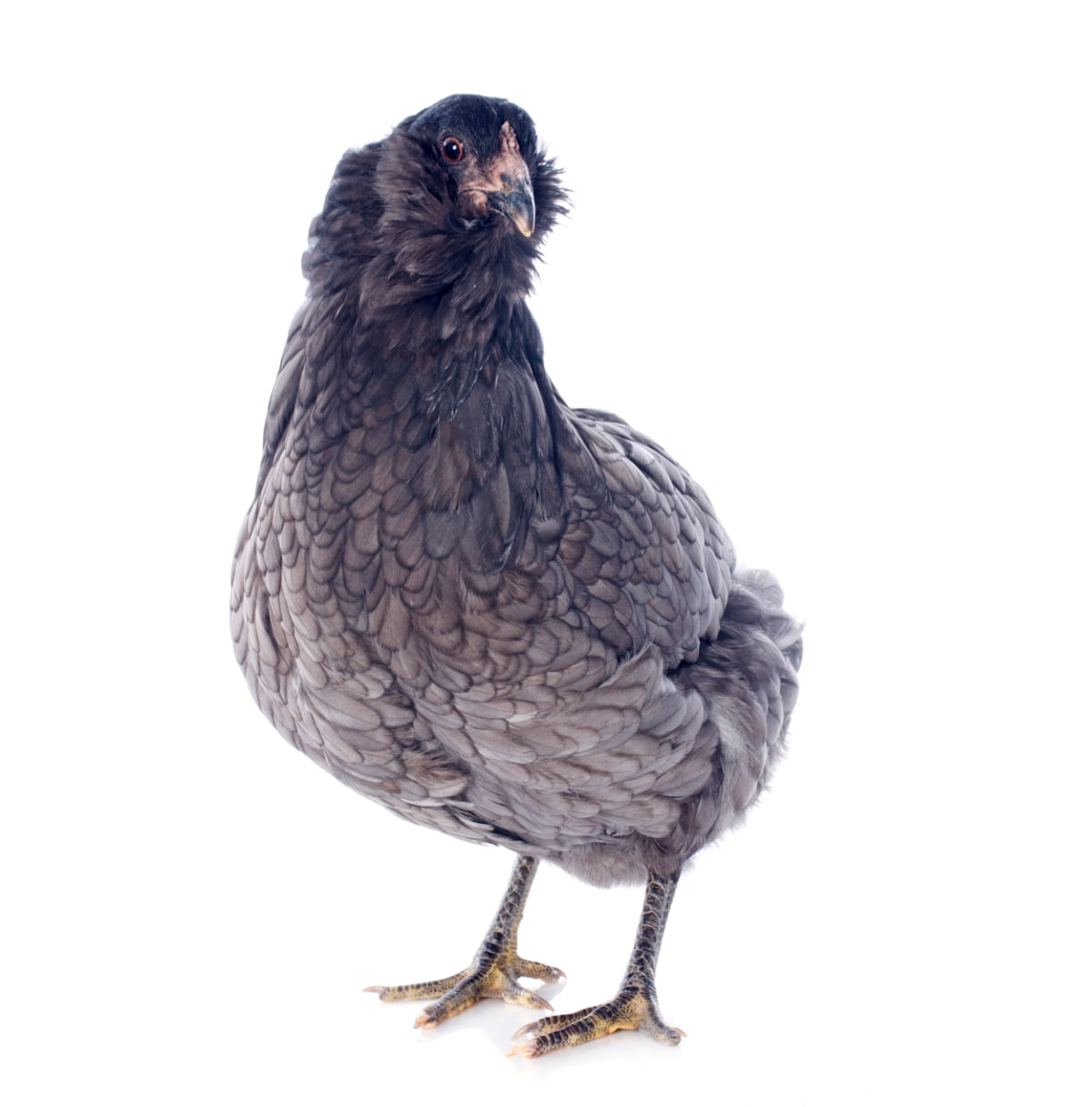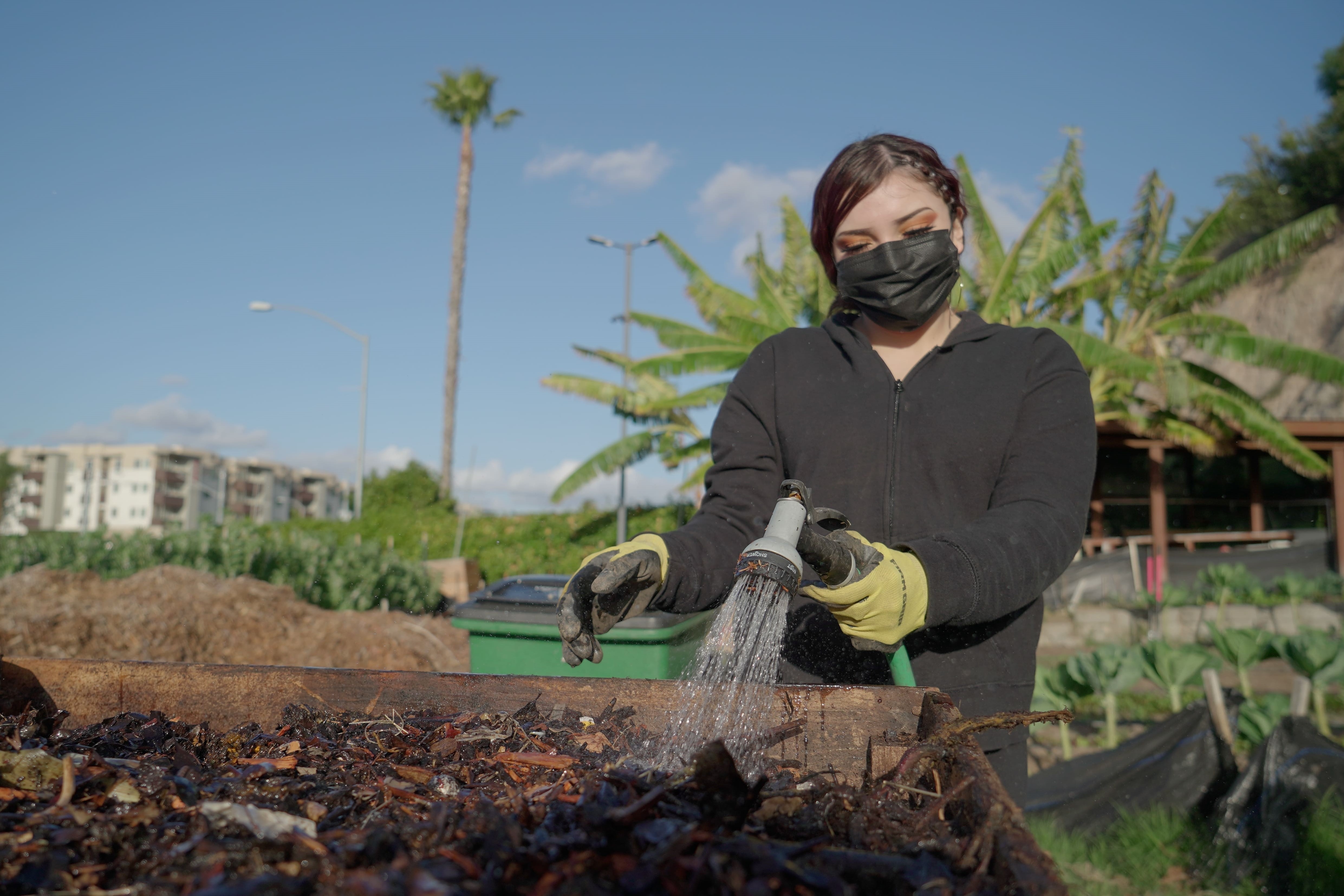Advantages and disadvantages of Wick Hydroponics: ease of installation to the limits
Wick hydroponic systems have caught the eye as a practical approach to soilless gardening. These systems use a wick mechanism to deliver nutrients and water directly to plants. Let us detail the advantages and disadvantages of this method. Unveiling the benefits, we will explore efficient use of resources and low complexity. On the other hand, potential limitations include slower growth rates and susceptibility to clogs. Get ready to discover the intricacies of wick hydroponics!

Wick hydroponic systems represent a basic yet user-friendly approach to growing plants above ground. Designed with simplicity, they are suitable for beginners and those who want to grasp the basics of hydroponics. In these setups, plants receive water and nutrients via a passive wicking mechanism, eliminating the need for complex machinery. Although easy to maintain and cost effective, wick systems can be less efficient than more complex alternatives. They work best with fast-growing plants like lettuces and herbs that require moderate water.
The basis of a wick system is its simplicity, requiring only a reservoir, pot, growing medium, nutrient solution, and absorbent absorbent material like cloth or rope. These systems work by capillary action, a phenomenon seen in everyday life, such as clothing that wicks away sweat or paper towels that absorb spills. Similarly, plants use capillary action because their roots absorb moisture from the growing medium. This process occurs due to the adhesive nature of water, causing it to stick to thin tubes or porous materials.
Elements of Wick Hydroponic SystemsGrow Tray: The tray in a wick system differs from conventional hydro setups by not using mesh pots. Instead, the tray is filled with growing medium and directly transplanted seedlings. Optimal growing media, such as vermiculite, perlite, or soilless mixes, effectively harness capillary action while preventing excessive drainage and maintaining a balance of moisture and aeration.
The Reservoir: Similar to other systems, the reservoir stores nutrient-rich water below the grow tray, providing plants with essential food. Regular replenishment is necessary as nutrient potency decreases with plant uptake.
The Aeration System: Typically comprised of an air stone and a pump, the aeration system infuses oxygen into the water. Like its aquarium counterparts, the stone releases bubbles via an external air pump. Root oxygenation is vital to plant health, especially in wicking setups where the roots remain constantly moist.
Wicks: Connecting the reservoir to the grow tray, wicks use capillary action to deliver nutrients to plant roots. While cotton strings are plain, nylon strings provide durability without mildew issues. The number of wicks, determined by the size of the system and the type of plant, dictates the efficiency of nutrient transport.
In case you missed it: Different Types of Growing Media for DWC: Deep Water Hydroponics


Wick hydroponic systems have caught the eye as a practical approach to soilless gardening. These systems use a wick mechanism to deliver nutrients and water directly to plants. Let us detail the advantages and disadvantages of this method. Unveiling the benefits, we will explore efficient use of resources and low complexity. On the other hand, potential limitations include slower growth rates and susceptibility to clogs. Get ready to discover the intricacies of wick hydroponics!

Wick hydroponic systems represent a basic yet user-friendly approach to growing plants above ground. Designed with simplicity, they are suitable for beginners and those who want to grasp the basics of hydroponics. In these setups, plants receive water and nutrients via a passive wicking mechanism, eliminating the need for complex machinery. Although easy to maintain and cost effective, wick systems can be less efficient than more complex alternatives. They work best with fast-growing plants like lettuces and herbs that require moderate water.
The basis of a wick system is its simplicity, requiring only a reservoir, pot, growing medium, nutrient solution, and absorbent absorbent material like cloth or rope. These systems work by capillary action, a phenomenon seen in everyday life, such as clothing that wicks away sweat or paper towels that absorb spills. Similarly, plants use capillary action because their roots absorb moisture from the growing medium. This process occurs due to the adhesive nature of water, causing it to stick to thin tubes or porous materials.
Elements of Wick Hydroponic SystemsGrow Tray: The tray in a wick system differs from conventional hydro setups by not using mesh pots. Instead, the tray is filled with growing medium and directly transplanted seedlings. Optimal growing media, such as vermiculite, perlite, or soilless mixes, effectively harness capillary action while preventing excessive drainage and maintaining a balance of moisture and aeration.
The Reservoir: Similar to other systems, the reservoir stores nutrient-rich water below the grow tray, providing plants with essential food. Regular replenishment is necessary as nutrient potency decreases with plant uptake.
The Aeration System: Typically comprised of an air stone and a pump, the aeration system infuses oxygen into the water. Like its aquarium counterparts, the stone releases bubbles via an external air pump. Root oxygenation is vital to plant health, especially in wicking setups where the roots remain constantly moist.
Wicks: Connecting the reservoir to the grow tray, wicks use capillary action to deliver nutrients to plant roots. While cotton strings are plain, nylon strings provide durability without mildew issues. The number of wicks, determined by the size of the system and the type of plant, dictates the efficiency of nutrient transport.
In case you missed it: Different Types of Growing Media for DWC: Deep Water Hydroponics

What's Your Reaction?














![Three of ID's top PR executives quit ad firm Powerhouse [EXCLUSIVE]](https://variety.com/wp-content/uploads/2023/02/ID-PR-Logo.jpg?#)







